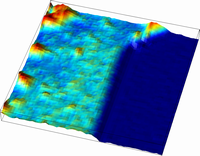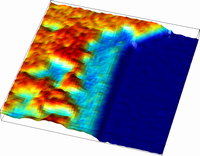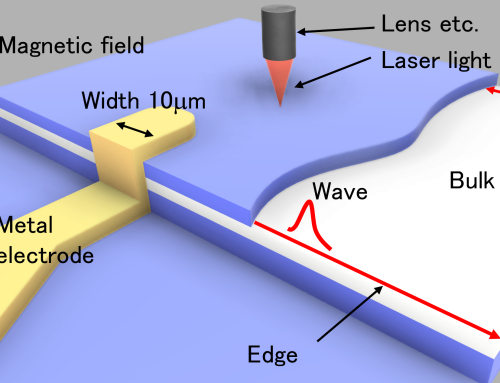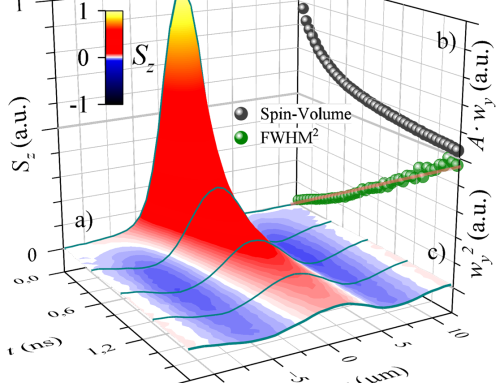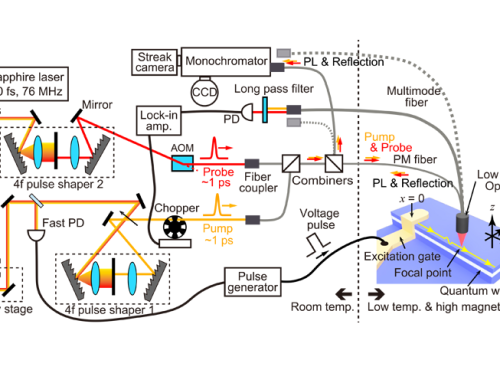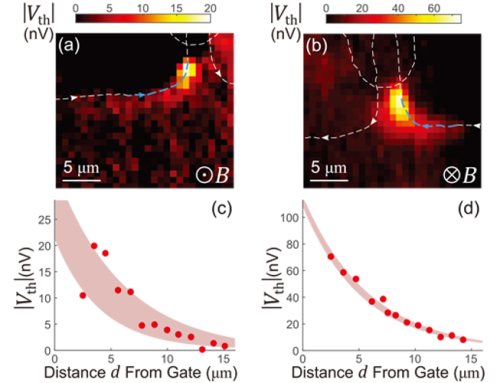Electrons in semiconductors usually behave like a gas―independent particles. However, when confined to two dimensions under a perpendicular magnetic field at low temperatures, they condense into an incompressible quantum liquid. This phenomenon, known as the fractional quantum Hall (FQH) effect1, is a quantum mechanical manifestation of the macroscopic behaviour of correlated
electrons that arises when the Landau-level filling factor is a rational fraction. However, the diverse microscopic interactions responsible for its emergence1,2 have been hidden by its universality and macroscopic nature3-9. Here, we report real-space imaging of FQH liquids, achieved with polarization-sensitive scanning optical microscopy using trions (charged excitons)10-15 as a local probe for electron spin polarization. When the FQH ground state is spin polarized, the triplet/singlet intensity map exhibits a spatial pattern that mirrors the intrinsic disorder potential, which is interpreted as a mapping of compressible and incompressible electron liquids. In contrast, when the FQH ground states with different spin polarization coexist, domain structures with spontaneous quasi-long-range order emerge, which can be reproduced remarkably well from the disorder patterns using the two-dimensional random-field Ising model16. Our results constitute the first reported real-space observation of quantum liquids in a class of broken symmetry state known as the quantum Hall ferromagnet.
Fig. 1 Real-space images of the phase transition between non-magnetic and ferromagnetic FQH liquids around ν = 2/3.
J. Hayakawa, K. Muraki, G. Yusa, Nature Nano. (2012). DOI: 10.1038/NNANO.2012.209
